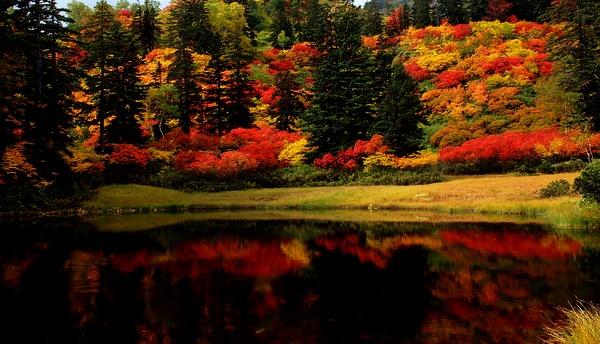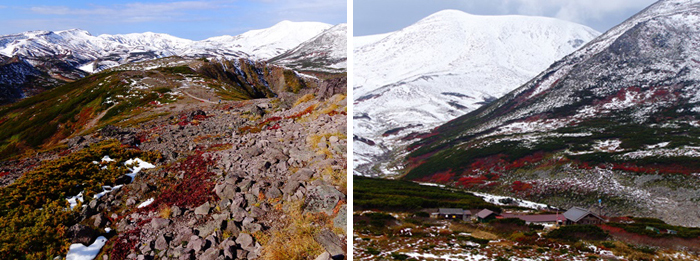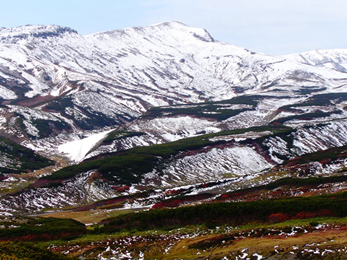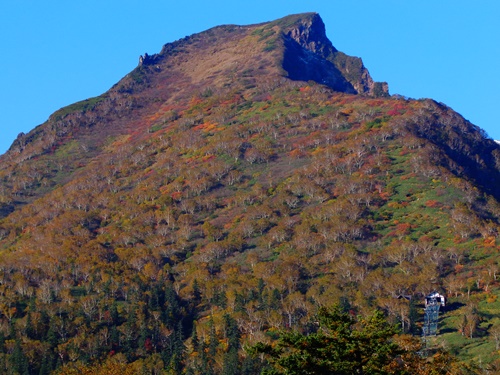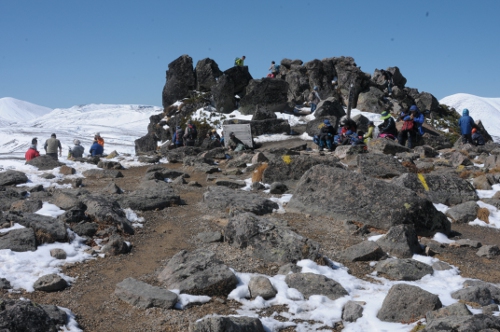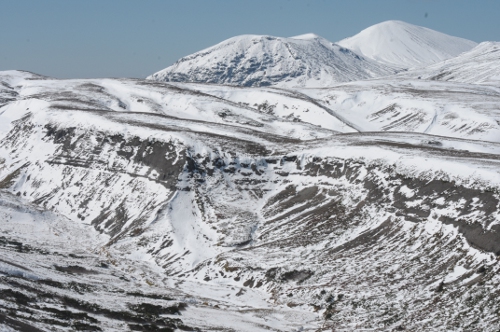The 63rd Visitor Center Report (September edition) has been issued.
Photos of magnificently colored fall foliage are prominently featured in this edition.
Moreover, in addition to the standard blog format, there is a “Daisetsuzan information” section that summarizes the day’s activities. Also provided is information on animals that live in Daisetsuzan.
I hope you will give it a look. (Please click on the link below to read the report [PDF format].) http://sounkyovc.net/newsletters/63.pdf
September 26, 2014
